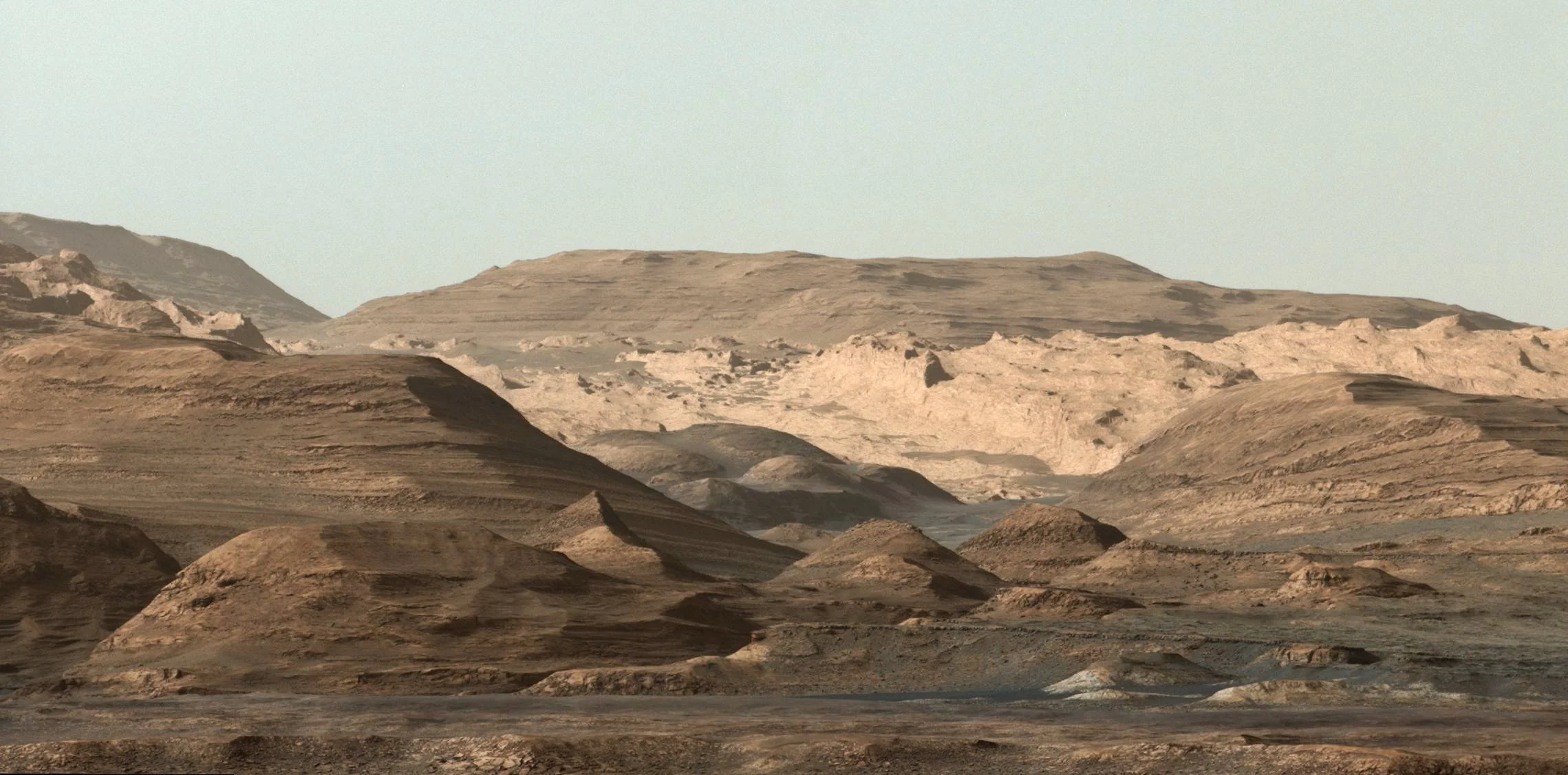By Jason Matthews
Despite what many people think, space is far from empty. Every day, the Earth sweeps up tons of debris left over from the solar system's formation as it orbits around the sun. You may have been lucky enough to see some of this debris entering the atmosphere and burning up as a spectacular display of shooting stars. However, you might not realize that, despite their brightness, most are tiny, often as small as a grain of sand.
Image Credit: ipopba via iStock/Getty Images - HDR tune by Universal-Sci
When the early Earth formed, meteors delivered much of the materials essential for life, including water and carbon. This process continues to this day, but very few larger bodies make it through our thick atmosphere, burning up and often exploding before they reach the ground. Most of the material that does complete the journey to the surface is dust [or micrometeorites].
Generally, scientists categorize micrometeorites as particles of rock or metal, smaller than a grain of sand, that enter our atmosphere and fall to Earth. Scientists from the Le Centre National de la Recherche Scientifique [CNRS], the Université Paris-Saclay, and the National Museum of Natural History recently published a study on this subject. They wanted to find out how much mass, gained by the Earth each year, comes from this space-dust compared to the larger meteors and meteorites that form visible light shows in the night sky.
Supported by the French Polar Institute, Jean Duprat, the lead researcher of the study, led six CNRS expeditions over a twenty-year period to collect dust samples from Franco-Italian Concordia station (Dome C) 1,100 kilometers off the coast of Adélie Land, Antarctica. Dome C is perfect for collecting micrometeorites due to the lack of native dust and low snowfall in the area.
Cross sections of several micrometeorites - Image Credit: Shaw Street via Wikimedia Commons - CC BY-SA 3.0
Over those two decades, the team has curated enough micrometeorites to calculate the amount of space dust that lands on the Earth over a year. Estimates show that approximately 17,700 tons of extraterrestrial material fall to Earth each year, including meteors, meteorites, and micrometeorites. The team's research suggests over 5,200 tons of this material is in the form of dust. They also calculated that 80% of the dust is from comets and 20% from asteroids.
The data was published in the Journal of Earth & Planetary Science. It will be valuable in understanding how the Earth gained much of its elements, including those essential for life to develop. As always, be sure to check out the paper listed below for more details.
Further reading:
(Banner image credit: buradaki via iStock/Getty Images - HDR tune by Universal-Sci)
If you enjoy our selection of content, consider subscribing to our newsletter
FEATURED ARTICLES:











